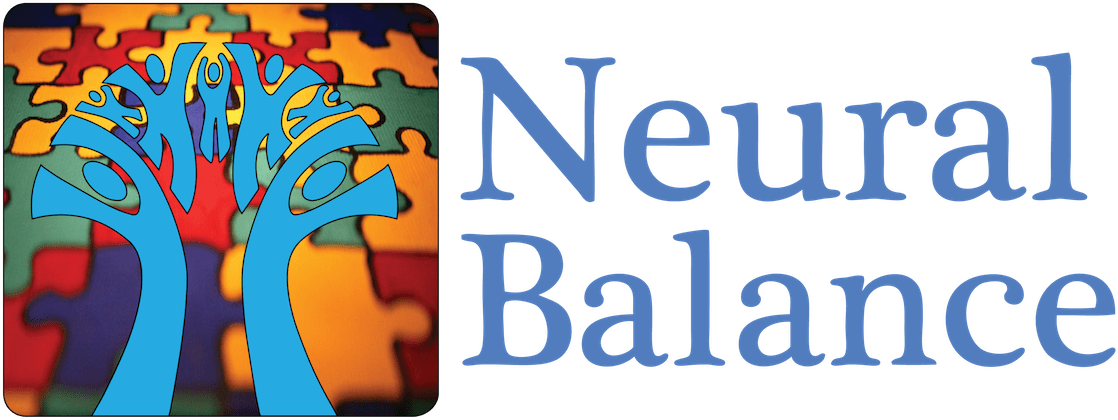Parents who have children with behavioral issues often need to be extra careful with what foods their children are eating, since food allergies are common stressors that can worsen problem areas for children with behavioral issues. Even if you have correctly identified your child’s food allergies and have removed those foods from their diet, you may find yourself scratching your head wondering why your child still has some allergic symptoms.
There can be ingredients still present in some foods you may not expect, and the FDA’s requirements for ingredient labeling can leave you with extra “translating” to do in order to identify what exactly is in your food.
The most common food allergens are peanuts, eggs, dairy, gluten, and soy. Here is how to avoid accidentally feeding your child foods with these allergens, and what words to look for in the list of ingredients.
Peanuts
Foods to Avoid: Salad dressings, nougat, and marzipan.
Ingredients to look out for: Artificial nuts, beer nuts, cold-pressed peanut oil, goobers, ground nuts, and nut meat.
Eggs
Foods to Avoid: Non-vegan baked goods, mayonnaise, and meringues.
Ingredients to look out for: Albumin, lysozyme, ovalbumin, and surimi.
Dairy
Foods to Avoid: You probably know to avoid food items such as gravy or ice cream, however, the protein caseinate can be found in foods such as canned tuna, chewing gum, and even breath mints.
Ingredients to look out for: Casein, curds, custard, diacetyl, ghee, lactalbumin, lactoferrin, tagatose, and whey.
Gluten
Foods to Avoid: Cereal extract, couscous, and ready-made burgers.
Ingredients to look out for:Food starches, graham flour, rye, durum, emmer, semolina, barley, triticale, malt, spelt, and farro.
Soy
Foods to Avoid: processed foods, vegetable broth, some peanut butter, and canned soups.
Ingredients to look out for: Miso, natto, shoyu, soya, tamari, textured vegetable protein, and tempeh
When choosing foods to buy for your child with behavioral issues be sure to check ingredients carefully, with these possible hidden ingredients in mind. Buying organic and locally made foods is usually a good way to avoid hidden allergens in foods. If your child is still experiencing allergic symptoms if you’ve cut out certain foods, take a closer look at the ingredients and experiment with new options. In time, you will discover the foods you can rely on to make your child’s diet great for their mind and body.
